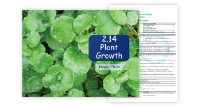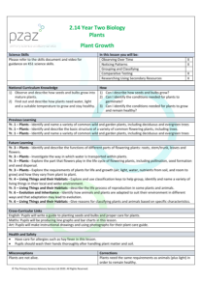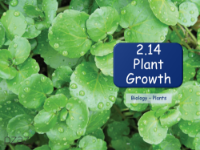Plant Growth - Teacher Explanation

Science Resource Description
Welcome to Lesson 2.14 on Plant Growth as part of the Year 2 Plants Unit. In line with the National Curriculum, this lesson aims to guide pupils through observing and describing the growth of bulbs into mature plants and understanding the essential factors for plant health such as water, light, and suitable temperature. Teachers should be mindful of potential plant allergies and ensure that pupils wash their hands after handling plants and soil. The lesson will incorporate a cross-curricular approach, linking to English through the creation of a detailed plant guide, to Maths through interpreting line graphs and bar charts, and to Art by drawing plants and possibly including photographs in the plant guide. This lesson serves as an analysis of the experimental results gathered since lesson 2.10, focusing on the conditions necessary for seed germination and the differences between seeds and bulbs.
During the lesson, children will examine the process of germination and learn that seeds require warmth and moisture to begin growth. They will understand that a seed, which is a dormant plant embryo, needs water to break the seed coat, initiating a chemical reaction that spurs growth. In contrast, a bulb represents a mature, dormant plant, like daffodils, which stay alive underground during winter and sprout again in spring. Both seeds and bulbs have food stores that sustain the plant until it can photosynthesize and produce its own food. Pupils will graph the results of their observations on A3 paper using rulers and markers, learning the value of graphs for easy interpretation of data. Finally, they will create a plant care guide, consolidating their knowledge of plant growth conditions. The lesson promises to be an engaging and informative exploration of plant growth, with a variety of activities designed to cement the pupils' understanding.





